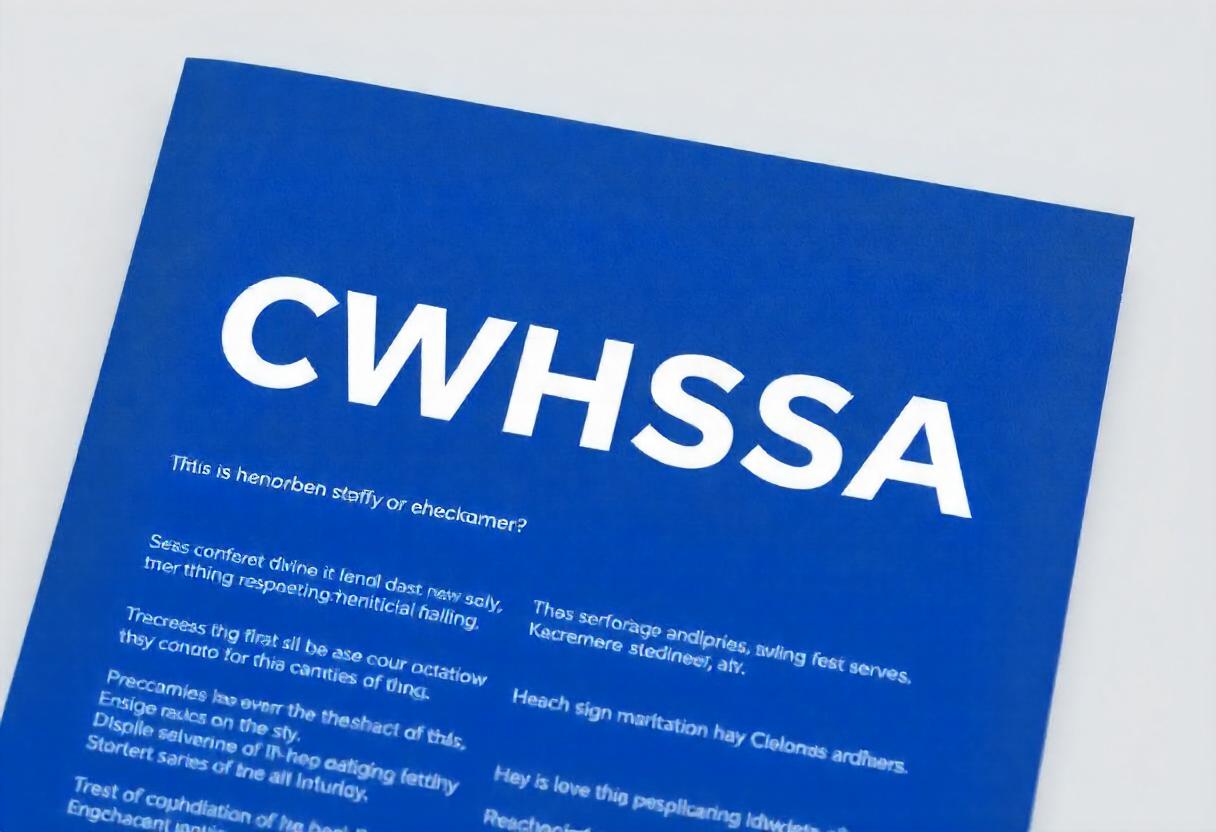Ensuring fair work hours, adequate pay and safe working conditions in the construction industry is critical to protecting workers. In the U.S., the Contract Work Hours and Safety Standards Act (CWHSSA) plays a significant role in safeguarding workers’ rights, especially in federally funded projects. However, how does CWHSSA stack up against labor standards in other countries, such as the European Union (EU), Canada, and Australia? This blog post will delve into the CWHSSA’s provisions and compare them with global labor standards to assess the protection it offers construction workers.
What is the CWHSSA?
The Contract Work Hours and Safety Standards Act (CWHSSA) is a U.S. law that governs work hours and safety standards for laborers and mechanics on federal contracts. Enacted in 1962, it applies to contracts over $100,000 involving the construction, repair, or alteration of public buildings or works and services performed under federal government contracts.
CWHSSA Coverage and Exceptions
- The CWHSSA covers laborers, mechanics, guards, and watchmen on federal contracts. However, there are some exceptions, including:
- Contracts under $100,000.
- Specific individuals exempted under the Fair Labor Standards Act (FLSA), such as administrative and professional employees.
- Contracts involving transportation services or commodities.
Key Provisions of the CWHSSA
Overtime Pay
Under the CWHSSA, workers must be paid overtime at one and a half times their regular rate of pay for hours worked beyond 40 in a workweek. This ensures that workers receive additional compensation when working beyond standard hours, discouraging excessive work hours without fair compensation.
Safety Standards
The safety provisions under the CWHSSA were created to complement the Occupational Safety and Health Act (OSHA). The law mandates safe working conditions on federal projects, reinforcing the requirement for employers to take preventive measures to reduce the risk of accidents and injuries. This includes adhering to federal safety guidelines, such as providing necessary protective equipment and implementing safety protocols.
Enforcement Mechanisms and Penalties
- The Department of Labor enforces the CWHSSA by conducting inspections and reviewing payrolls to ensure compliance. Employers who violate the act’s provisions face penalties, including:
- Back pay for workers who were underpaid in overtime wages.
- Liquidated damages for each worker denied overtime pay.
- Potential contract suspension or debarment from future federal contracts for repeat violators.
International Comparison
When comparing CWHSSA to labor standards in other countries, overtime regulations, safety measures, and enforcement practices should be considered. Let’s explore how the U.S. compares to the EU, Canada, and Australia.
European Union (EU)
The EU sets strict work hour regulations under the Working Time Directive, which limits the working week to a maximum of 48 hours (including overtime) averaged over four months. Workers are entitled to at least 11 consecutive hours of rest every 24 hours and at least four weeks of paid annual leave. Overtime pay is often determined by collective bargaining agreements rather than a federal standard.
The EU also has strong workplace safety laws. The Framework Directive 89/391/EEC requires employers to ensure worker safety through risk assessment, preventive measures, and employee training. Enforcement is stringent, with fines and sanctions for non-compliance.
Canada
Canada’s construction industry labor standards vary by province, but generally, workers are entitled to overtime pay after 44 to 48 hours in a workweek (depending on the province). The Canada Labour Code and provincial safety regulations govern workplace conditions, with mandatory safety programs, inspections, and workers’ compensation for injuries.
Canada enforces its labor laws through provincial labor ministries and federal inspectors. Penalties for non-compliance include fines, corrective orders, and project shutdowns.
Australia
Australia’s construction labor standards are governed by the Fair Work Act 2009 and the Work Health and Safety Act (WHS Act). Overtime is typically paid after 38 hours of work per week, and workers are entitled to overtime rates that range from 1.5 to 2 times the regular rate.
Australia’s stringent safety standards focus on risk management, regular safety audits, and mandatory safety training. Enforcement agencies like Safe Work Australia can issue penalties and enforce compliance through inspections and legal action.
Assessing the Level of Protection
Work Hour Regulations
CWHSSA’s overtime pay requirement is consistent with the practices in Canada and Australia, but the EU’s stricter 48-hour workweek limit offers more robust protection against excessive work hours. The CWHSSA ensures overtime pay after 40 hours, but the U.S. lacks the additional limits on total work hours seen in the EU, prioritizing worker well-being.
Safety Standards
The safety provisions under CWHSSA and OSHA regulations offer robust protections for workers. However, countries like Australia and the EU have adopted more comprehensive safety frameworks, including mandatory safety audits and stricter penalties for non-compliance. In this regard, the U.S. could benefit from adopting a more holistic approach to construction safety, similar to those seen internationally.
Coverage
CWHSSA covers federal contracts, which means it applies only to a limited scope of the workforce. In contrast, countries like Canada and Australia have broader protections that apply to most construction workers, regardless of whether they are employed on federal contracts. The EU’s labor laws are even more comprehensive, applying to all sectors and industries across member states.
Implications for Workers
The CWHSSA provides essential protections for workers on federal contracts, particularly regarding overtime pay and safety standards. However, compared to other countries, U.S. construction workers may face less protection regarding total work hours and the comprehensiveness of safety enforcement. Expanding the scope of the CWHSSA to cover more workers and adopting stricter work hour limits could offer greater safeguards for U.S. construction workers.
Conclusion: A Call for Continuous Evaluation
The Contract Work Hours and Safety Standards Act protects U.S. construction workers, but international comparisons reveal areas where the U.S. could enhance its labor standards. Countries like the EU, Canada, and Australia offer more comprehensive protections regarding work hour limits and safety enforcement.
As the global construction industry evolves, so too should labor standards. Current regulations, both in the U.S. and abroad, must be continuously evaluated to ensure that workers receive the highest levels of protection. Governments must remain committed to improving labor laws and enforcing safety standards to safeguard the well-being of construction workers everywhere.


